We put the Xiaomi 14 through our rigorous SBMARK Display test suite to measure its performance across four criteria. In the results of this test, we will analyze how it performed in a series of tests and in several common use cases.
Overview
Key Display Specifications:
- 6.36 inch OLED
- Resolution: 1200 x 2670 pixels, (density ~460 ppi)
- Refresh rate: 120Hz
Pros
- Smooth viewing experience while scrolling the web
- Adapted brightness in low light conditions for photos and web
- Nice color rendering in indoor conditions for the photo
Against
- Many discrepancies between frames when watching videos
- Lack of brightness and detail in the indoor lighting environment when viewing photos
- Lack of brightness and dark details when watching HDR10 videos
- The display is not uniform
The Xiaomi 14 had mixed display performance in our tests, although it offered a very smooth screen experience in all use cases, with consistent performance in touch and video attributes.
The device’s top-scoring attribute was touch, thanks to an impressive average touch-to-display response time of 64 ms.
Even though the Xiaomi 14 provided acceptable video performance, the overall video performance of the device was affected by some instabilities. When watching HDR10 video indoors, the screen lacked sufficient brightness and showed little detail in dark tones, particularly in low-light conditions. Additionally, HDR10 frame-drop handling was poor.
In terms of readability, the Xiaomi 14’s screen handled brightness well, particularly in low light conditions, however, it may be a little lacking in terms of readability in bright light conditions. Xiaomi claims that the device can reach a peak brightness of 3000 nits, but our tests showed that the device reaches 2740 nits, but only for HDR video content. Our experts measured 923 nits under 20,000 lux and just 1490 nits under sunlight on a classic white picture pattern (20% window) in High Brightness mode, lower results than some competitors in this segment. Readability, however, was affected by the screen’s low-frequency time management in default mode (but the device has an anti-flicker function that can limit this phenomenon.) The Xiaomi 14’s screen also lacked brightness and color uniformity.
The Xiaomi 14’s colors were quite good in most lighting conditions when viewing photos, but when tested in true mode, the screen’s color rendition may appear slightly saturated.
Test summary
About SBMARK display tests: For scoring and analysis, a device is subjected to a series of objective and perceptual tests under controlled laboratory and real-life conditions. The SBMARK Display Score takes into account the overall user experience provided by the screen, considering hardware capability and software optimization. Only factory-installed video and photo apps are used during testing. More in-depth details on how SBMARK tests displays can be found in the article “A Closer Look at SBMARK Display Testing.”
The following section focuses on the key elements of our comprehensive testing and analysis performed in SBMARK laboratories. Comprehensive reports with detailed performance evaluations are available upon request. To order a copy, contact us.
How the display readability score is composed
Readability evaluates the user’s ease and comfort in viewing stationary content, such as photos or a web page, on the display under different lighting conditions. Our measurements performed in laboratories are complemented by perceptual tests and analyses.
Readability in an indoor environment (1000 lux).

From left to right: Xiaomi 14, Xiaomi 13, Samsung Galaxy S24, Apple iPhone 15
(Photo for illustrative purposes only)
Readability in an outdoor environment (20,000 lux).

From left to right: Xiaomi 14, Xiaomi 13, Samsung Galaxy S24, Apple iPhone 15
(Photo for illustrative purposes only)
SCI stands for Specular Component Included, which measures both diffuse reflection and specular reflection. The reflectance of a simple glass plate is around 4%, while it reaches around 6% for a plastic plate. Although the first surface of smartphones is glass, their total reflectance (uncoated) is usually around 5% due to multiple reflections created by the complex optical stack.
The average reflectance is calculated based on the spectral reflectance in the visible spectrum range (see graph below) and human spectral sensitivity.
Uniformity
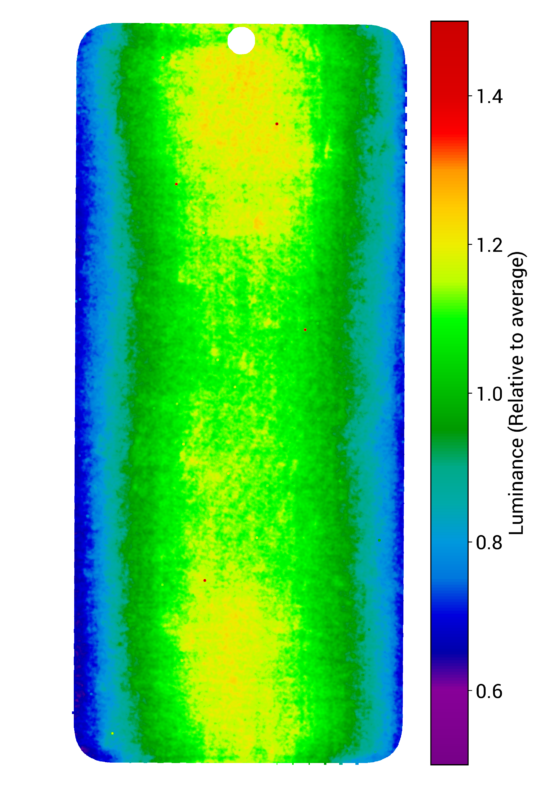
This graph shows the luminance distribution across the entire display panel. Uniformity is measured with a 20% gray pattern, with bright green indicating ideal luminance. An evenly distributed bright green color across the screen indicates that the display brightness is uniform. Other colors indicate a loss of uniformity.
Displays flicker for 2 main reasons: refresh rate and pulse width modulation. Pulse width modulation is a modulation technique that generates pulses of variable width to represent the amplitude of an analog input signal. This measurement is important for comfort because low-frequency flickering can be perceived by some individuals and, in more extreme cases, can induce seizures. Some experiments show that discomfort can occur more frequently. A high PWM frequency (>1500 Hz) tends to disturb users less.
How the display color score is composed
Color evaluations are performed under different lighting conditions to see how well the device handles color with its surroundings. The devices are tested with sRGB and Display-P3 image models. Both faithful mode and default mode are used for our evaluation. Our measurements performed in laboratories are complemented by perceptual tests and analyses.
Circadian action factor is a metric that defines the impact of light on the human sleep cycle. It is the ratio between the light energy that contributes to sleep disturbances (centered around 450 nm, representing blue light) and the light energy that contributes to our perception (covering 400 nm to 700 nm and centered at 550 nm, which is green light). A high circadian action factor means that the ambient light contains strong blue light energy and is likely to affect the body’s sleep cycle, while a low circadian action factor means that the light has weak blue light energy and is less likely to affect sleep patterns.
How the Display Video score is composed
The video attribute evaluates the handling of Standard Dynamic Range (SDR) and High Dynamic Range (HDR10) video in indoor and low-light conditions. Our measurements performed in laboratories are complemented by perceptual tests and analyses.
Video rendering in a low light environment (0 lux).

Clockwise from top left: Xiaomi 14, Xiaomi 13, Samsung Galaxy S24, Apple iPhone 15
(Photo for illustrative purposes only)
These indicators present the percentage of frame irregularity in a 30-second video. These irregularities are not necessarily perceived by users (unless they are all with the same timestamp) but are an indicator of performance.
How the Display Touch score is composed
We evaluate touch attributes in many types of content where touch is critical and requires different behaviors such as gaming (fast touch and response times), web (smooth page scrolling), and images (accurate and smooth navigation from image to image). other ).



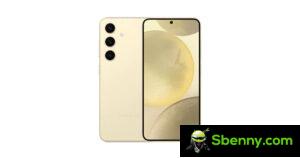
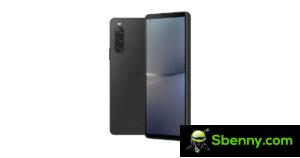
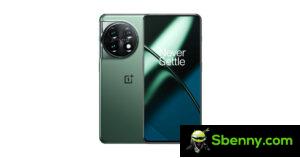
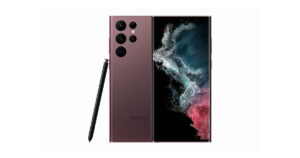
Start a new Thread